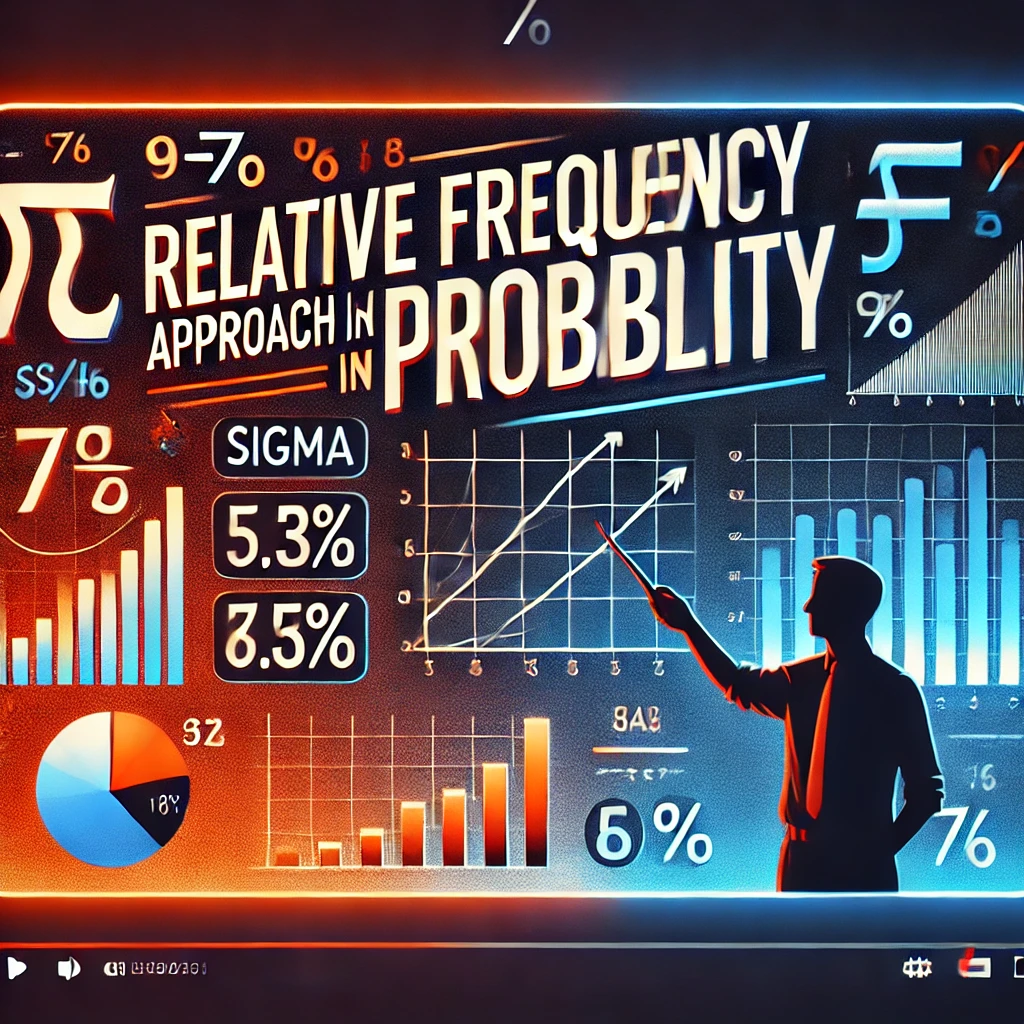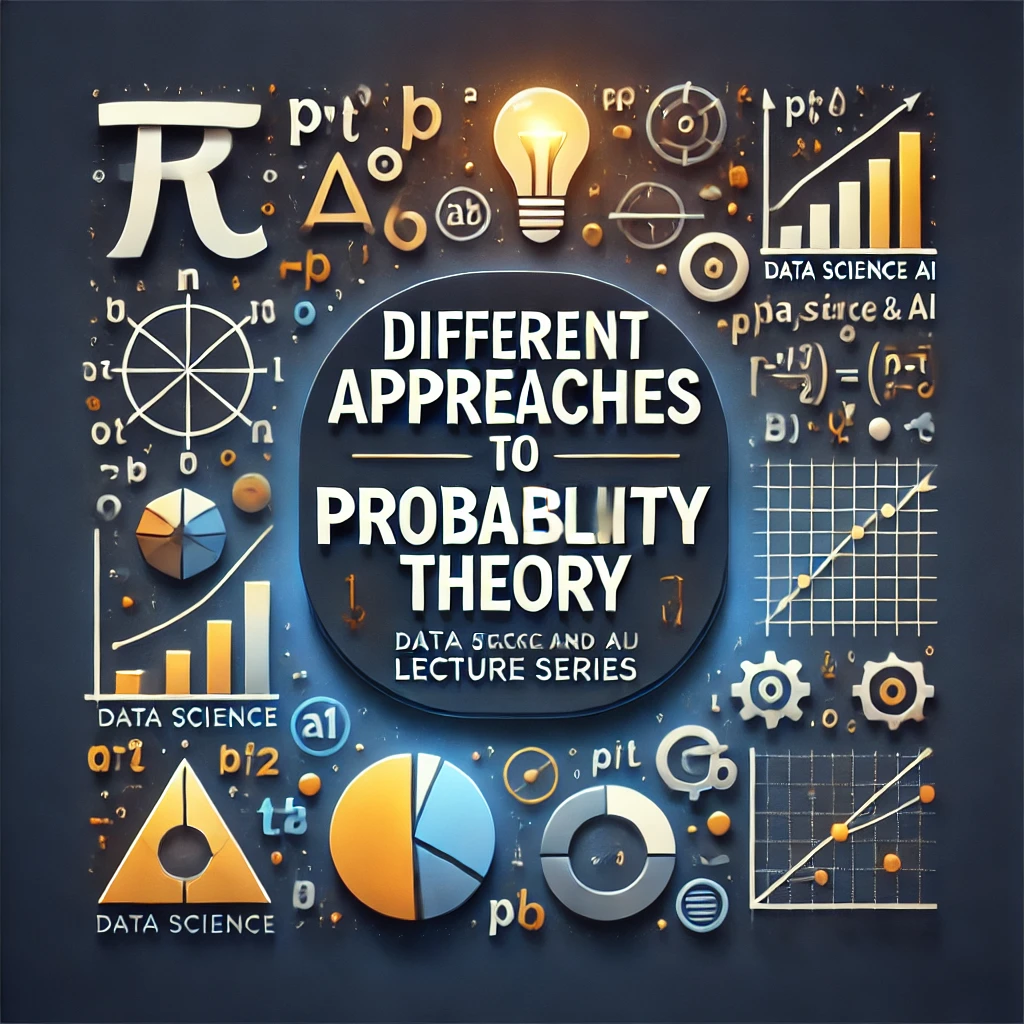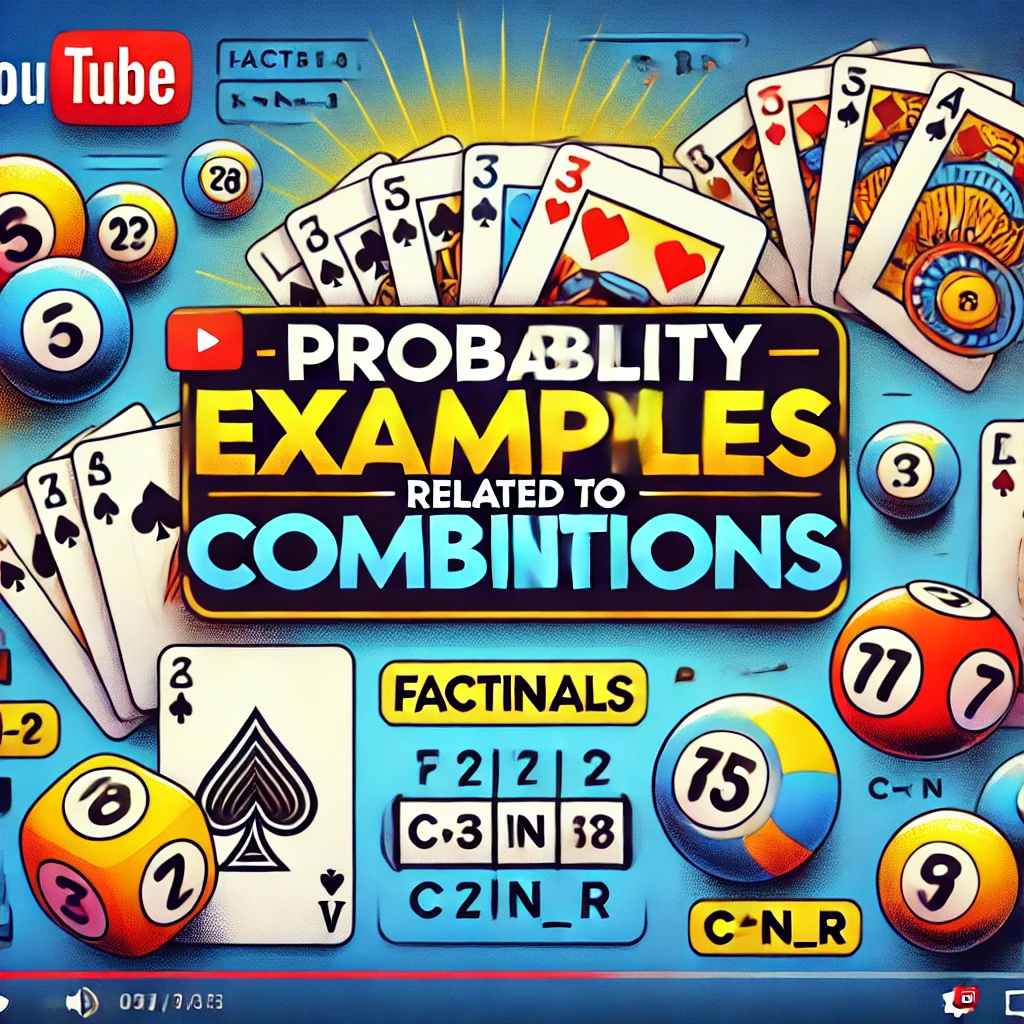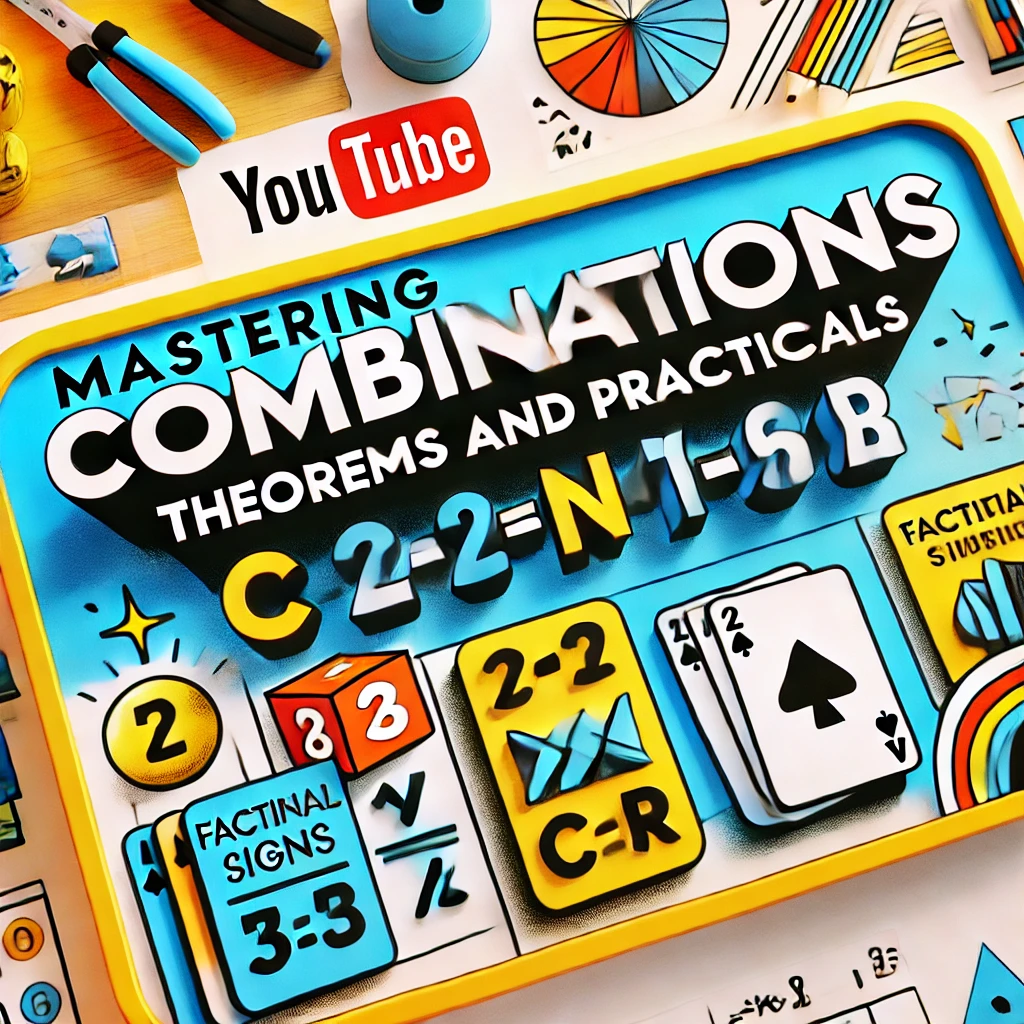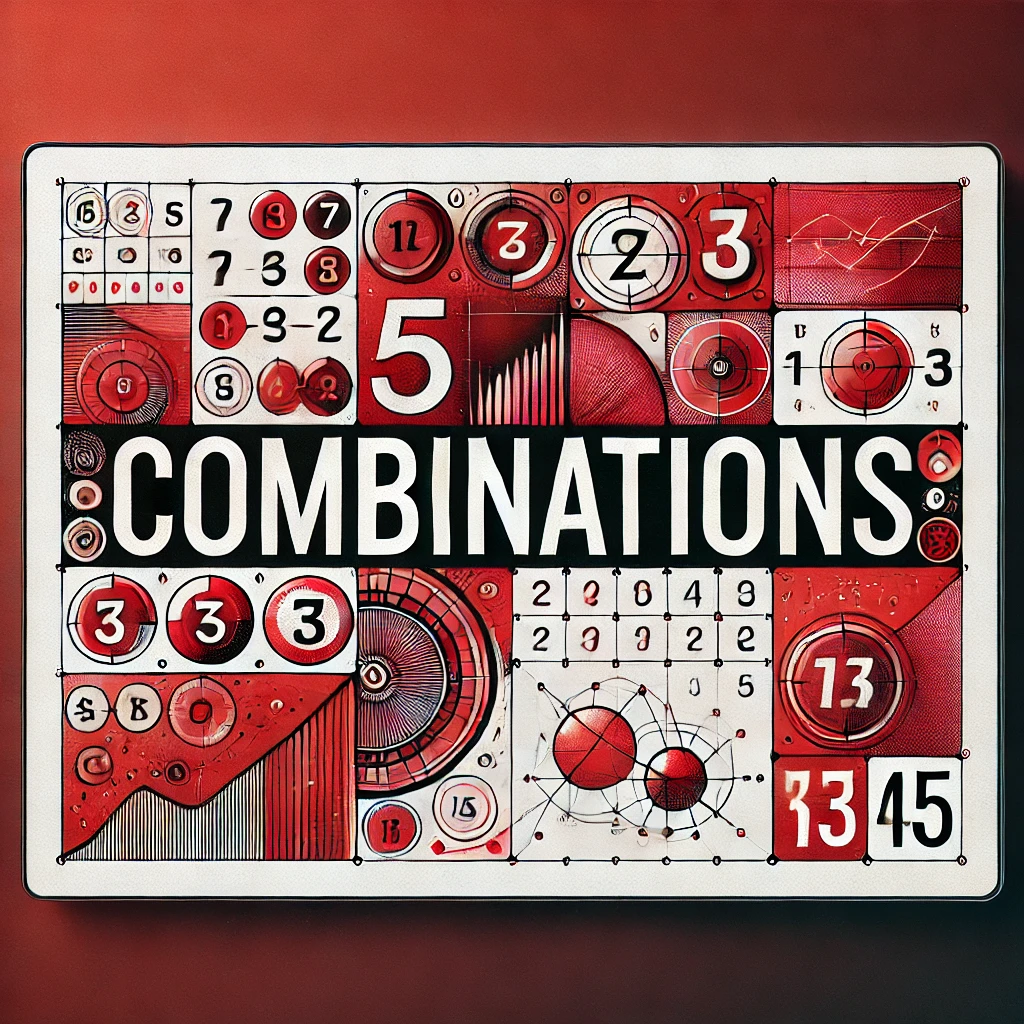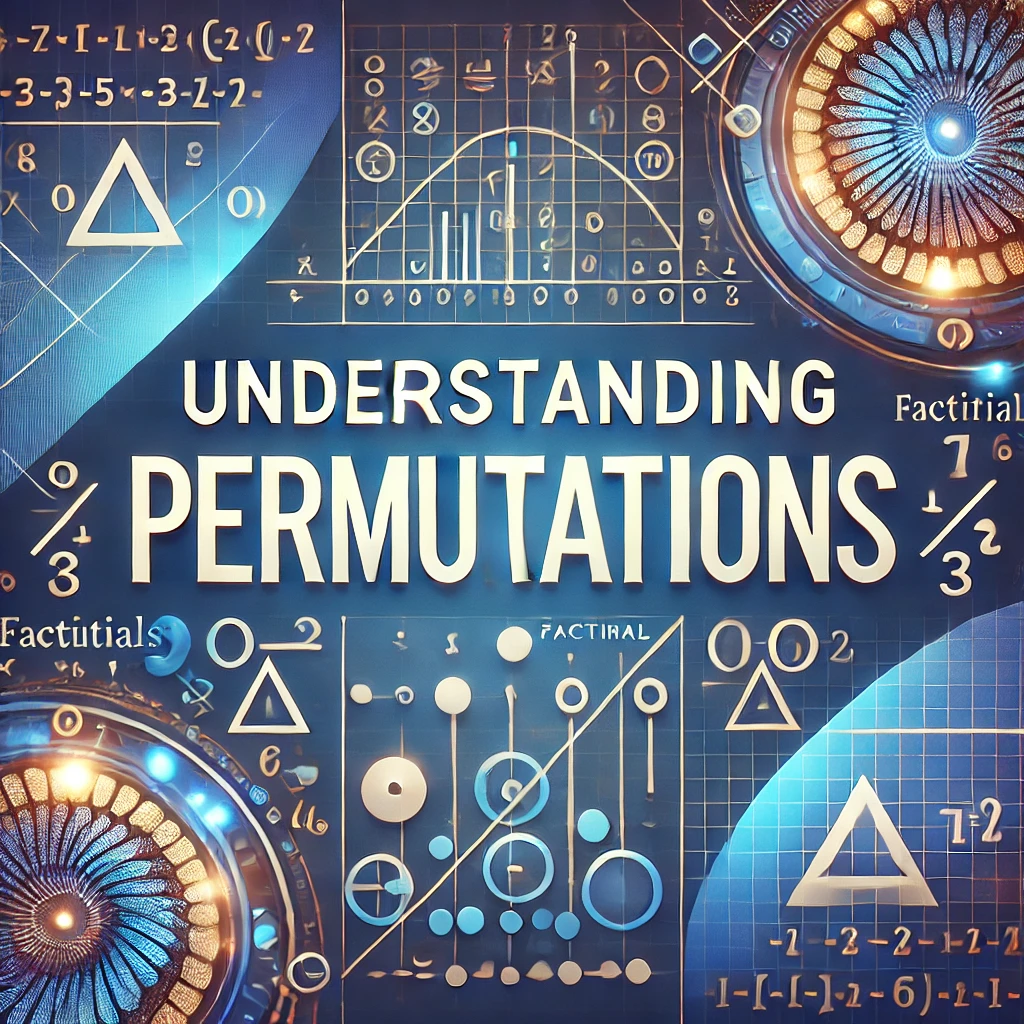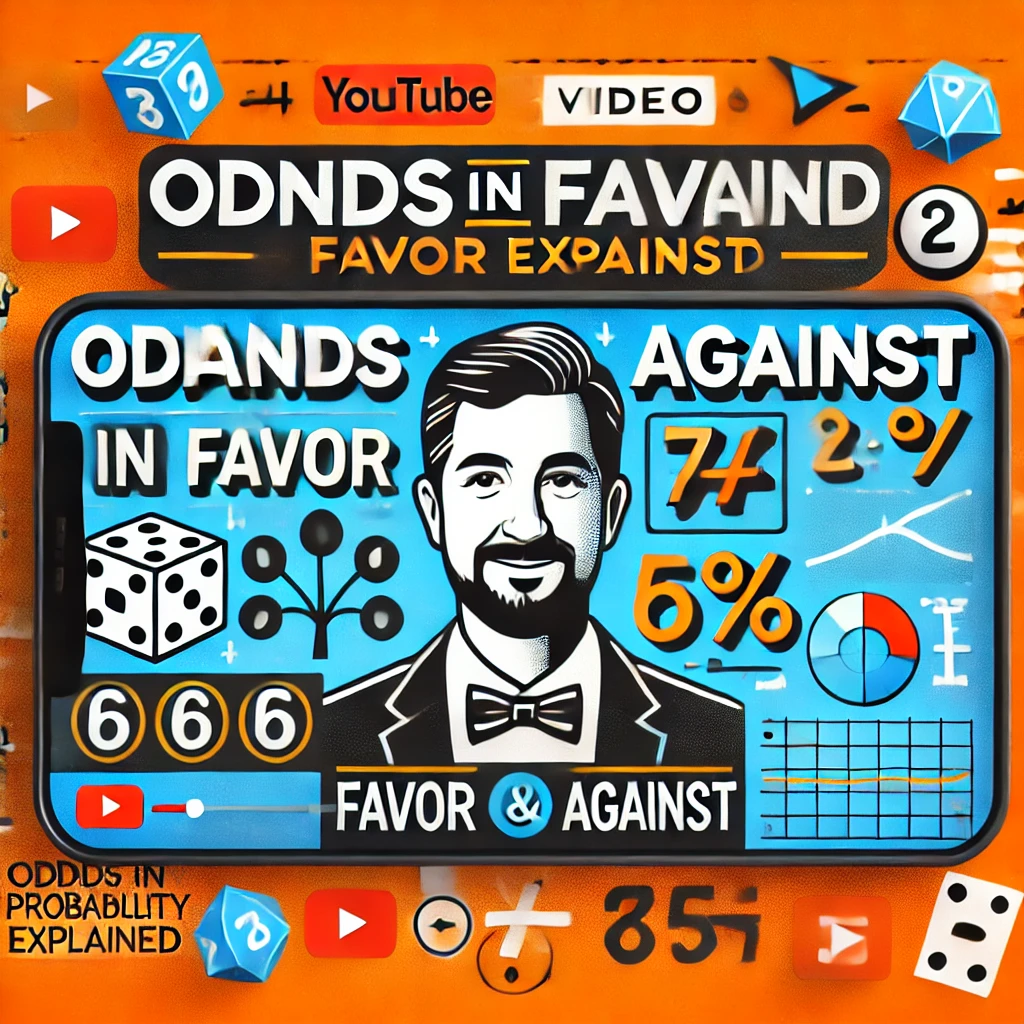Relative Frequency Approach in Probability
Relative Frequency Approach in Probability Data Science and A.I. Lecture Series Author: Bindeshwar Singh Kushwaha Relative Frequencies and Probabilities So, in general, if \( X \) is a variable having the values \( x_1, x_2, \dots, x_n \) with frequencies \( f_1, f_2, \dots, f_n \), respectively, then: \[ \frac{f_1}{\sum f_i}, \frac{f_2}{\sum f_i}, \dots, […]
Relative Frequency Approach in Probability Read More »
